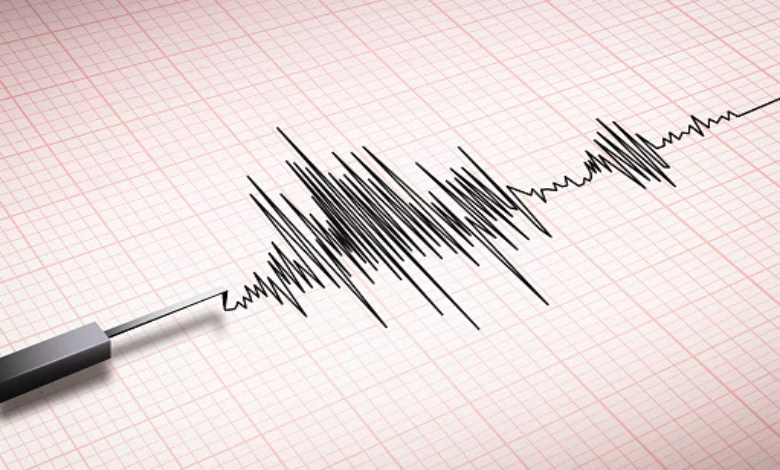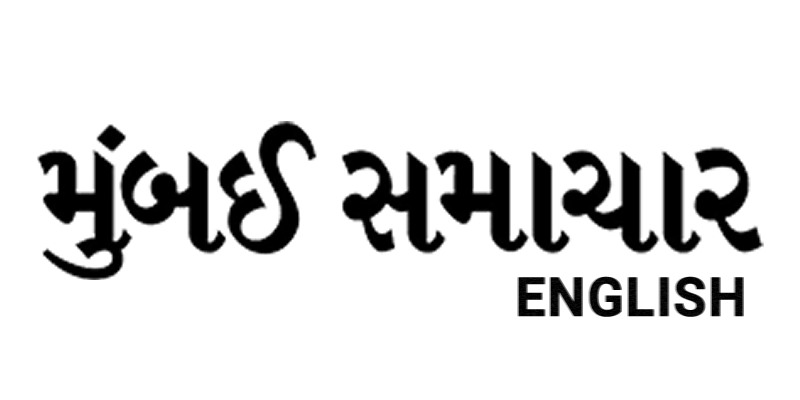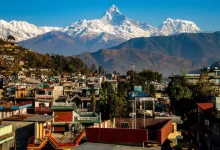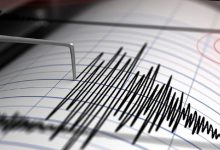Central Myanmar Rattled by Strong Aftershock Amid Ongoing Recovery Efforts

A 5.5-magnitude earthquake jolted central Myanmar near Meiktila on Sunday morning, the U.S. Geological Survey reported, marking one of the most significant aftershocks since the devastating 7.7-magnitude quake that struck the region on March 28.
The latest tremor hit as Myanmar continues to grapple with recovery operations following last month’s earthquake, which caused widespread destruction. The epicenter was located approximately midway between Mandalay, the country’s second-largest city heavily impacted by the earlier quake, and Naypyitaw, the capital, where government buildings sustained damage.
No immediate reports of significant damage or injuries emerged from Sunday’s quake, which ranks among the strongest of numerous aftershocks since March 28. According to Maj. Gen. Zaw Min Tun, a spokesperson for Myanmar’s military government, the death toll from the earlier quake stood at 3,649 as of Friday, with 5,018 people injured.
Myanmar’s Meteorological Department noted that the quake struck in Wundwin township, about 97 kilometers (60 miles) south of Mandalay, at a depth of 20 kilometers (12 miles). The U.S. Geological Survey, however, estimated a shallower depth of 7.7 kilometers (4.8 miles).
Two residents of Wundwin, described the quake as powerful enough to drive people from buildings and cause ceiling damage in some homes. A Naypyitaw resident, also contacted by phone, reported feeling no effects. All requested anonymity, citing concerns about repercussions from the military government, which tightly controls information.
The United Nations warned last week that the March 28 earthquake has deepened Myanmar’s humanitarian crisis, already strained by a civil war that displaced over 3 million people. The agency highlighted severe disruptions to agriculture and a looming health crisis due to damaged or destroyed medical facilities in the affected areas.
The quake coincided with the start of Myanmar’s three-day Thingyan holiday, marking the traditional New Year, though public celebrations had already been canceled due to the ongoing recovery efforts.




